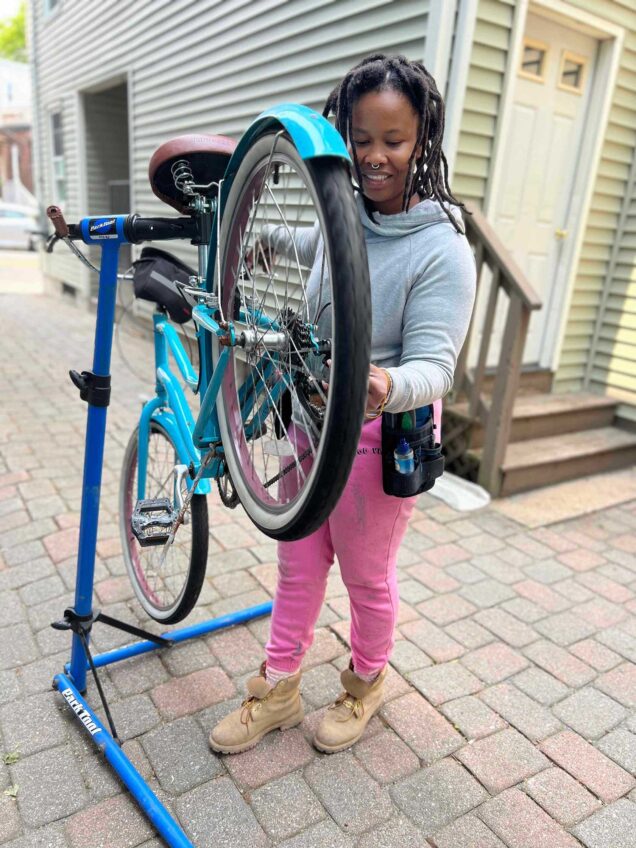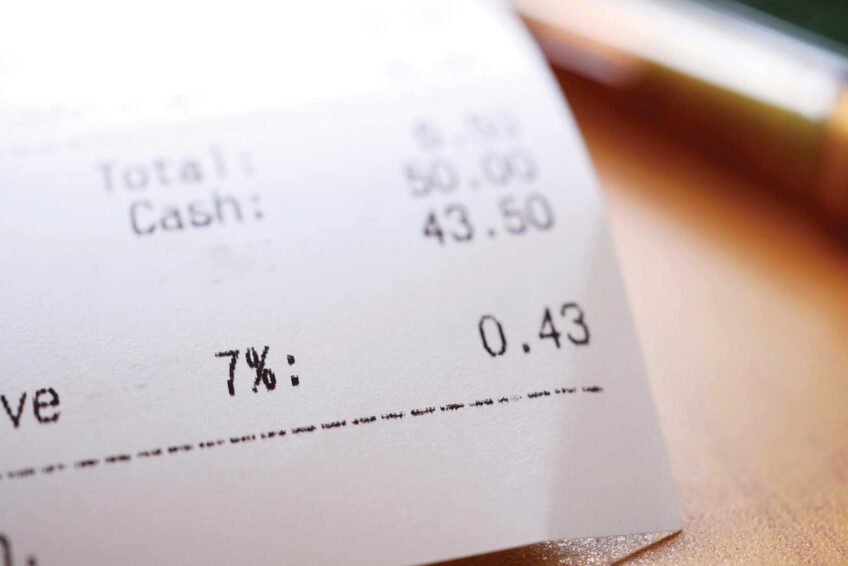Banks tighten lending standards, increasing pressure on small-business owners
Banner Business Sponsored by The Boston Foundation
Small-business owners are being told to brace for a continued squeeze as banks further tighten their lending standards in the current economic environment.
The tightening was detailed in the latest Senior Loan Officer Opinion Survey on Bank Lending Practices at the Federal Reserve. The research, spotlighting the second quarter, found that for commercial and industrial loans in particular, banks tightened their standards at a time when demand for loans was unchanged. Banks also tightened their lending standards for commercial real estate loans despite weaker demand for such loans.
The second-quarter activity comes after a first quarter when banks reported tightening their lending standards as well. High interest rates are playing a role in decisions being made by both lenders and business owners, though change could be coming in that regard.
Federal Reserve Chairman Jerome Powell last week signaled that rate cuts could be ahead next month.
According to the Federal Reserve report, lenders that tightened their business lending cited a “less favorable or more uncertain economic outlook, worsening of industry-specific problems, a reduced tolerance for risk, and increased concerns about the effects of legislative changes, supervisory actions,” and other issues.
Some lenders also noted a deterioration in their respective bank’s current or expected liquidity position as well as less aggressive competition from both banks and nonbank lenders.
“The slowing of the economy, brought on by tightened monetary policy over the past year, is likely having some impact on banks’ perceived risks,” said Elizabeth Renter, a senior economist at NerdWallet. “Furthermore, this policy has made it more costly for businesses to borrow due to higher interest rates.”
Renter said that for new small businesses in particular, higher rates and stricter lending standards can weigh heavily on their success at a time when financing can mean the difference between surviving the first few years and having to shut down.
“Though the Fed is expected to begin cutting interest rates when they meet next month, business owners shouldn’t expect immediate relief,” Renter said. “Business owners, especially new ones, should always take care to have plans in place when the going gets tough. While the economy currently looks strong, being prepared for adverse conditions and regularly reviewing your contingency plans should be standard practice.”
The Federal Reserve survey tracks with other recent surveys on small-business lending.
In the small-business lending marketplace, Lendio found that lenders increased requirements to qualify for financing in the first half of the year.
“Many lenders are tightening their credit boxes, including banks. We’re in less-than-ideal macroeconomic conditions, and there’s a higher cost of capital right now,” said Minyang Jiang, chief strategy and revenue officer at nonbank lender Credibly, in a statement with the Lendio data.
A separate Lendio survey of 1,000 small-business owners found that those respondents were optimistic about the future, with 78% saying they believe they will have better access to capital next year. That doesn’t mean they are satisfied with their current options, though, with 65% saying that loan terms and amounts funded either did not meet or fell below their expectations.
Additionally, 67% said they have no preference for a specific lender type, and 50% did not know what financing solutions their banks offer.
More than half said they would prefer access to a Small Business Administration loan with lower rates and longer term lengths.
SBA seeks to fill small-business loan gaps
More small-business owners are getting access to SBA loans, thanks to a wide number of reforms and program tweaks made by the agency.
The agency’s loan count to Black-owned businesses has more than doubled in the current fiscal year compared to fiscal 2020, according to agency data. It has also doubled loan values for Latino-owned businesses and women-owned businesses, the agency said.
Part of that push stems from a record number of new-business formations — about 443,000 each month, according to the Census Bureau. That’s 92% above the pre-pandemic average.
“Over the past four years, more entrepreneurs than ever before have pursued the American dream of business ownership, and the SBA has been committed to matching this incredible wave of enthusiasm with the capital, market access and resources small businesses need to start, grow and thrive,” said SBA Administrator Isabel Guzman in a statement.
Among the agency’s initiative has been the launch of its Working Capital Pilot Program, which will run through July 31, 2027. The program is an extension of the SBA’s prime 7(a) loan program.
The SBA also has expanded its lending efforts to boost energy-efficiency and climate-focused projects through its Green Lender Initiative, a program that targets the SBA’s Community Advantage program, the mission-driven component of the agency’s 7(a) program. The agency is increasing the maximum loan size available through the program to $500,000 — up from a current $350,000 cap that also requires projects to be in specific geographic areas.
The agency will be creating an application process for participating lenders to expand their geographic reach. It also will allow lenders to apply to expand their loan sizes up to $1 million — or $2 million for climate-related projects.
The SBA additionally has lifted a loan maximum in its 504 loan program for energy efficiency and renewable energy projects.
Andy Medici is a senior reporter for The Playbook, The Business Journals.






